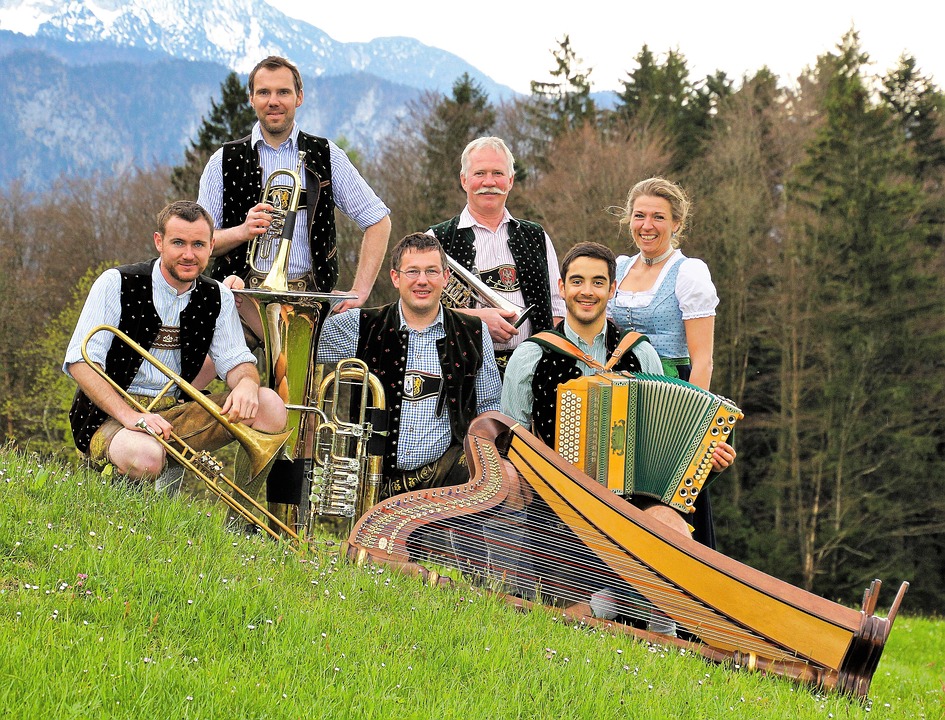Reviving Folk Music in the Digital Age: How Technology is Reshaping the Genre
In today’s digital age, technology has drastically reshaped various music genres, including folk music. Folk music has a rich history that dates back centuries, often reflecting the cultural identities and stories of different regions and communities. With the rise of digital platforms and streaming services, folk music is experiencing a revival as artists and listeners alike embrace new technology to share and discover traditional and contemporary folk music.
The Role of Streaming Services in Folk Music Revival
Streaming services have played a significant role in the revival of folk music by providing a platform for artists to share their music with a global audience. Platforms such as Spotify, Apple Music, and YouTube have made it easier for folk artists to reach listeners who may not have access to traditional music venues or radio stations. With just a few clicks, listeners can discover a wide range of folk music from different cultures and time periods, broadening their musical horizons and supporting independent artists.
One of the key benefits of streaming services for folk music is the ability to reach a diverse audience. Unlike traditional music distribution channels, streaming services are not limited by geographical boundaries, allowing folk artists to connect with listeners from all over the world. This has helped to create a global community of folk music enthusiasts who appreciate the beauty and authenticity of traditional folk music.
Social Media and Folk Music Promotion
In addition to streaming services, social media platforms have also played a crucial role in the revival of folk music. Artists can use platforms such as Instagram, Facebook, and Twitter to connect with their fans, promote upcoming shows, and share new music releases. Social media has allowed folk artists to engage directly with their audience, creating a more personal and authentic connection between artist and listener.
Furthermore, social media has made it easier for folk music fans to discover new artists and connect with like-minded individuals. Through hashtags, shared playlists, and online communities, fans can explore a wide range of folk music styles and traditions, creating a vibrant and inclusive folk music scene online.
Virtual Concerts and Livestreaming
The COVID-19 pandemic has forced folk artists to adapt to a new way of performing and connecting with their audience. With in-person concerts and festivals canceled or restricted, many artists turned to virtual concerts and livestreaming as a way to continue sharing their music with fans. Platforms such as Zoom, Twitch, and Instagram Live have become popular tools for folk artists to host virtual concerts, workshops, and music lessons.
Virtual concerts have allowed folk artists to reach a global audience and connect with fans in real-time, creating an intimate and interactive experience for both the artist and listener. While virtual concerts cannot fully replace the energy and connection of an in-person performance, they have provided a temporary solution for artists to continue sharing their music during uncertain times.
Collaborations and Cross-Cultural Exchange
Technology has also enabled folk artists to collaborate with musicians from different backgrounds and cultures, opening up new possibilities for creative expression and cross-cultural exchange. Through online platforms and music production software, artists can easily collaborate on new music projects, regardless of their geographical location.
Collaborations between folk artists from different regions and traditions have led to a blending of musical styles and influences, creating a fusion of sounds that push the boundaries of traditional folk music. This cross-cultural exchange not only enriches the music itself but also promotes cultural understanding and appreciation among artists and listeners.
Preserving Tradition in the Digital Age
While technology has reshaped the folk music genre in many ways, it has also presented challenges in preserving traditional folk music and storytelling. As folk music becomes more accessible online, there is a risk of diluting the authenticity and historical significance of traditional folk songs and stories.
To address this challenge, folk artists and enthusiasts must continue to prioritize the preservation of traditional folk music by documenting and sharing stories, songs, and cultural traditions. Platforms such as the Smithsonian Folkways Recordings and the Library of Congress’s American Folklife Center have played a vital role in preserving and archiving traditional folk music for future generations.
In conclusion, technology has played a pivotal role in reviving folk music in the digital age, reshaping the genre in exciting and innovative ways. From streaming services and social media to virtual concerts and cross-cultural collaborations, technology has provided folk artists with new opportunities to share their music with a global audience and connect with fans from diverse backgrounds. By embracing technology while also preserving traditional folk music, artists can ensure that the beauty and authenticity of folk music continue to thrive in the digital age.

Leave a Reply